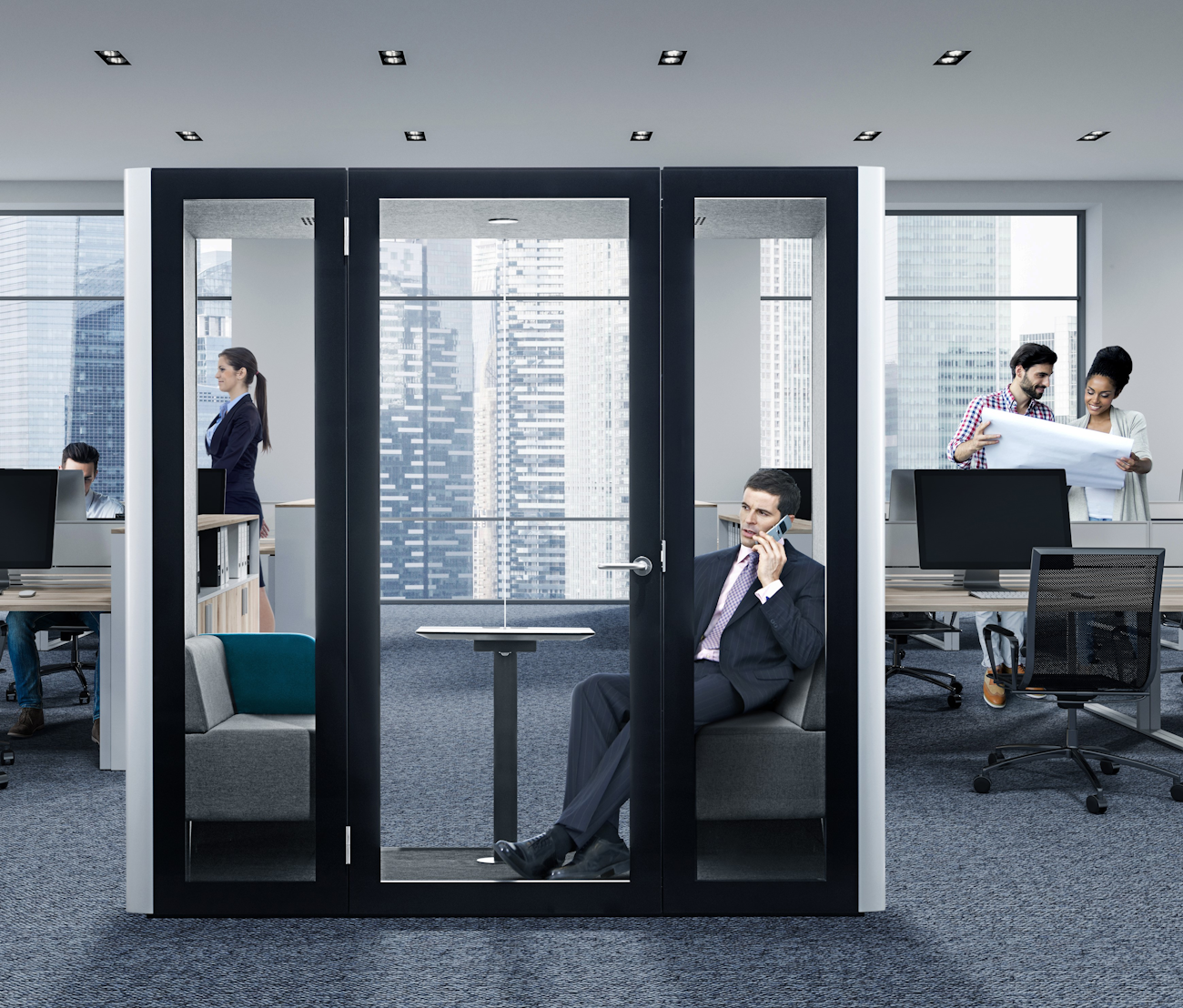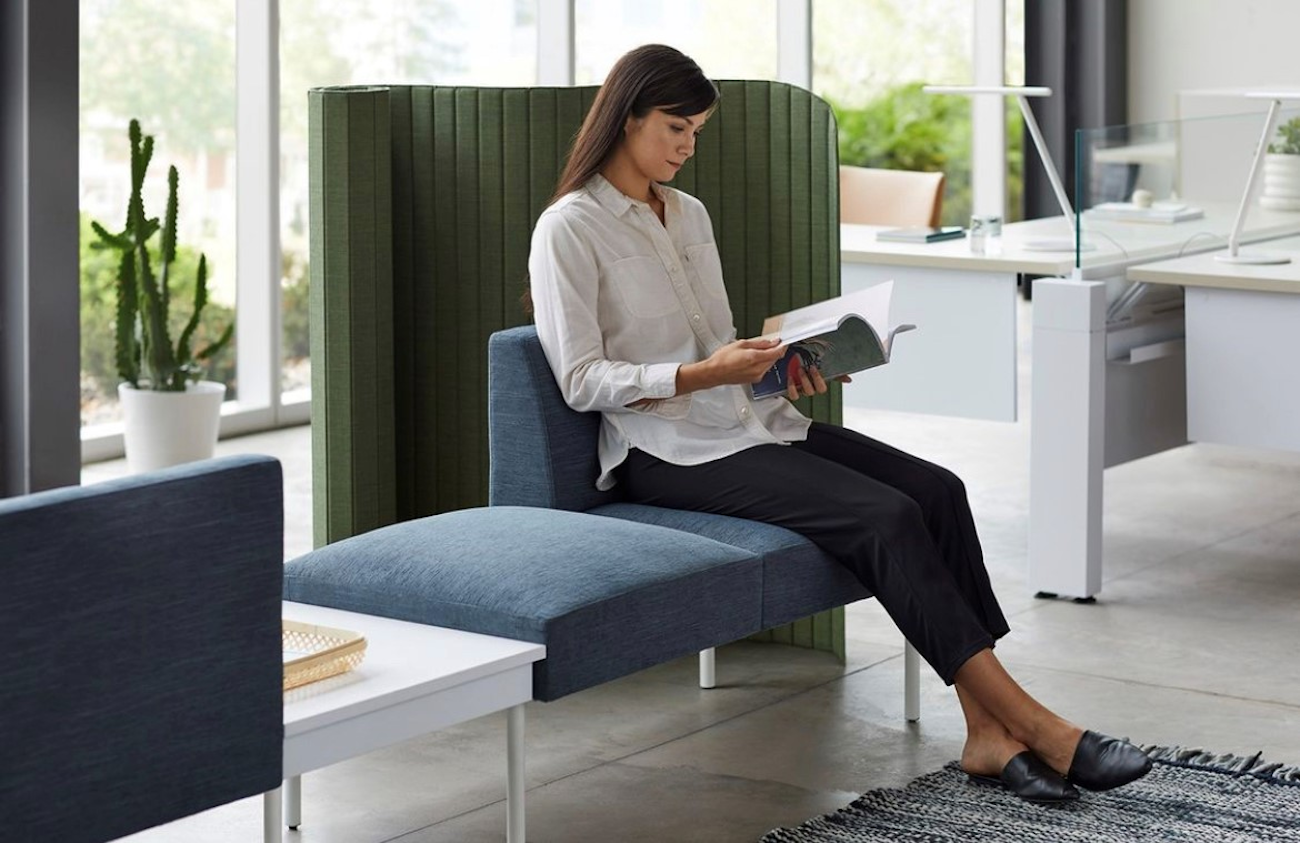Insights
The pros and cons of activity-based working for hybrid offices

The traditional workplace model that has been in place for generations where employees would work from the same office and desk daily has been steadily eroding over recent years.
Since the start of the pandemic in 2020, the world changed as we know it. After having to work remotely for a year, people became accustomed to the new working environment and the flexibility that came with it. While some employees wanted to work from home all the time after the pandemic, most preferred a balance where they were in the office for some of the week and at home for the remainder – this was how hybrid offices were born.
Similar to hybrid offices, following from the pandemic the ‘activity-based working’ concept began. With the option of remote working becoming the new normal, companies faced a challenge of making the hybrid office a more desirable place to work that supports all different kinds of activities. In this article, we will explore what this new activity-based work concept is, and the pros and cons of activity-based working in hybrid offices.

What is activity-based working?
Activity-based working (ABW) is a type of flexible workplace design that provides a variety of different settings for employees to choose from depending on the task they are working on. The idea is that employees will be more productive when they have the right spaces for these assignments.
For example, a good activity-based hybrid office layout will include a collaboration area, a meeting space, a relaxation area with comfortable soft seating, and a private section for personal or more focussed work.
While this may seem like a new concept, the idea of activity-based working was originally coined more than 2 decades ago by a Dutch consultant named Erik Veldhoen within his book “The Demise of the Office.” At the time, offices were typically divided by temporary walls and alcoves. Veldhoen’s idea was to create an office space that was adaptive to the diverse needs of employees. However, only recently did the activity-based working model truly evolve and become adapted by companies all over the world.
What are the pros of activity-based working?
Activity-based working gives employees more flexibility to choose where they work to suit the activity they are wanting to complete. A recent study found that employees are 20% more satisfied with their work when away from the desk, compared to non-activity based working employees. Similar to this, 88% of highly engaged employees said they have the option to choose where in the office they work based on the specific tasks they need to do. This shows that even though this approach is newly implemented, it’s already proving to offer a variety of benefits.
So, what are the other pros of activity-based working?
Pros:
- Boosts activity and engagement
- Increases concentration
- Improves use of space and money
- Improves health and wellbeing
- Builds morale and teamwork
Cons:

1. Boosts productivity and engagement
Employees feel more empowered and taken care of when flexibility is offered in the workplace. In an activity-based working hybrid office setting, employees can find a suitable space to carry out their activity. Where in a traditional office layout each employee would remain glued to their desk, the ABW system influences employees to move around and also boosts collaboration as employees interact in various workspaces.
2. Increases concentration
As Activity-based workspaces provide a range of different locations designed to support particular tasks – like quiet spaces and focus areas for singular individual activities- employees are able to concentrate better and deliver a higher quality of work.
3. Improves use of space and money
In traditional office setups with desks, business owners are usually forced to pay for the desking, furniture, and equipment for every member of staff. However, to implement ABW in a hybrid office, business owners have to rethink their use of space by incorporating different types of office furniture to support the concept, for example soft seating for relaxation zones, acoustic furniture for focus areas, height-adjustable desks to provide more flexibility for those who need to alternate between working sitting and standing. The optimisation of a space lowers the amount of money being wasted on unused space and facilities. In fact, a study by Interpolis revealed a 24% reduction in occupancy costs after making the transition to activity-based working.
4. Improves health and wellbeing
Activity-based working encourages increased movement around the office which helps to improve the health of employees. After all, we all know the negative impact a sedentary lifestyle, like sitting at the desk for hours day in and day out, can have on one’s health and wellbeing.
5. Builds morale and teamwork
The level of freedom that activity-based working brings, inspires morale amongst employees and motivates more team building and collaboration. As every employer knows, these are key factors that also directly improve productivity and improves the work that is delivered.
What are the cons of activity-based working?
Now we have covered the main pros of activity-based working, it’s time to discuss the cons. Even though activity-based working in hybrid offices has many benefits, this doesn’t mean it hasn’t got its drawbacks. Some of the cons of ABW and how they can be solved are as follows:
1. Lack of space
Perhaps one of the biggest challenges when it comes to designing an activity-based workplace is a lack of space to do so. Occupancy can become a problem especially during peak hours, even for a hybrid office. For example, a lounge may not be big enough to accommodate everyone, and office furniture such as meeting pods for collaborative working could become too much of a popular attraction so may end up being difficult to require. An electronic booking and space management system could help with this and eliminate disruption, overlapping or any hogging of particular spaces.

2. Lack of storage space
If an employee does not have a designated workstation, storing personal items could be a problem. Nobody wants to move around carrying all of their belongings whenever they need to move to a different location within the office. The perfect solution for this is a smart locker system as it provides a safe space for staff to store their personal belongings. For example, our Brunel smart locker system is intuitive, user-friendly, and provides a low management burden as well as a great user independence. It’s the perfect solution for an activity-based hybrid office.
3. Excess noise levels
Excess noise that can occur with activity-based working layouts could compromise privacy, communication, and concentration. That’s why it’s important for these types of workspaces to have acoustic office furniture such as focus pods or acoustic screens installed for those requiring a more quiet space to complete their assignments.

Creating an activity-based working layout with Haiken
Whether it be soft seating for the relaxation zone, smart lockers to help with storage, acoustic pods for focussed work, or meeting pods for collaboration, at Haiken we have the office furniture solutions to help you create a successful activity-based hybrid office. To discover more, feel free to contact our friendly team today.
